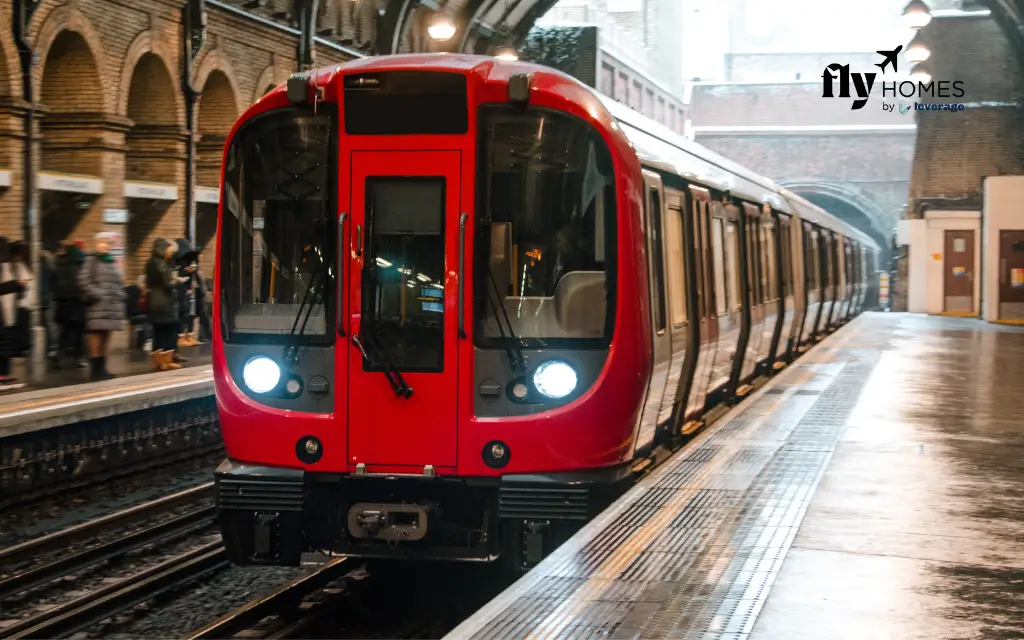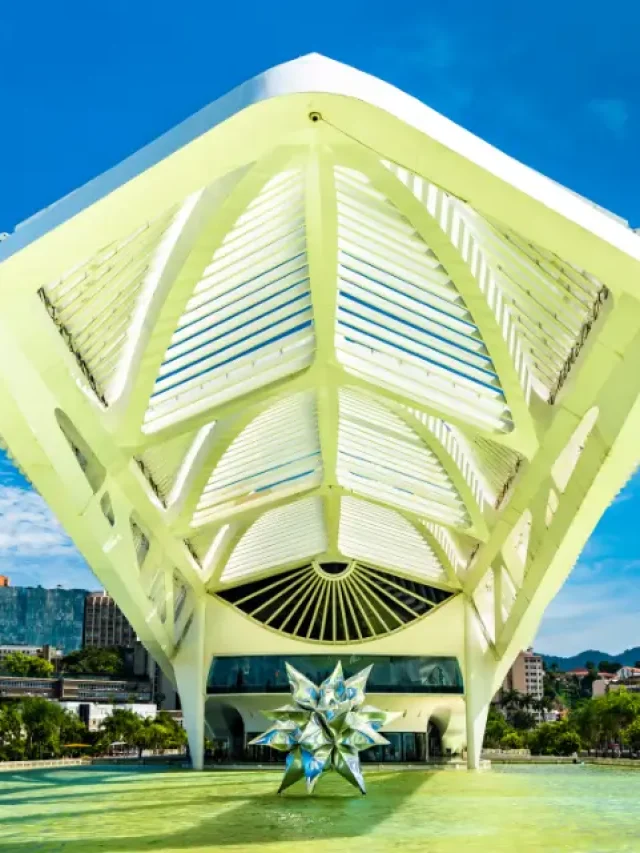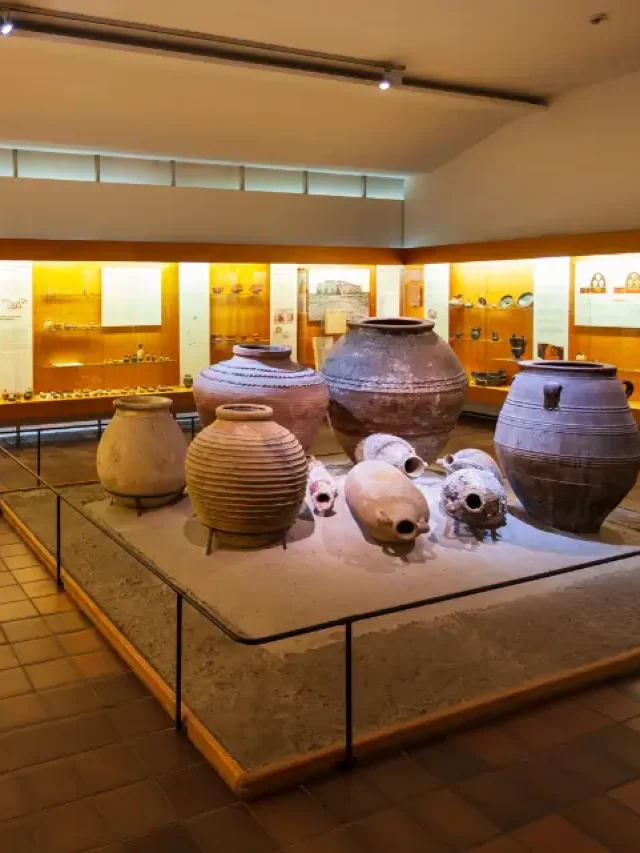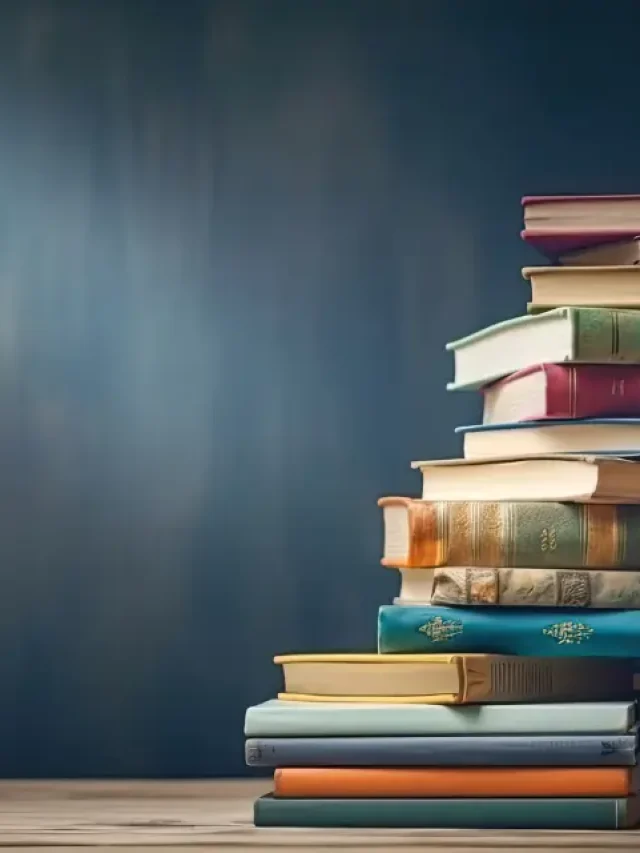Guide To Use London Underground: London is full of rich history and culture and a city that never sleeps. Its underground system, known as the London Tube, is a lifeline for millions of residents and visitors. As a student planning to study in this vibrant city, understanding how to explore the London Tube effectively will make your life easier. In this blog, we will go through everything you need to know about the London tube for your help. Let’s get started.
What is the London Underground?
The London Underground, also known as “The Tube,” is a vast network of subways that runs beneath the streets of London. It’s one of the most important parts of London’s transportation. There are several lines, each represented by a unique colour or letter, and the fares depend on the zones you travel through, starting from the most central zones being the cheapest. The Tube operates 24 hours a day, which makes it a reliable means of transportation for everyone in London.
Understanding the Tube Map and Lines
Transport for London (TfL) offers complimentary maps and guides for easy navigation in London. You can grab a free London Underground map at any Tube station. If you are living in a student housing in London far from your university, then you must know that free tickets and maps are also available at Travel Information Centres located in Victoria, Piccadilly Circus, and King’s Cross & St Pancras stations, as well as Tourist Information Centres. You have to stay informed and explore the city effortlessly with these convenient resources.
Once on the London Underground, the details include identifying your lines and travel directions. With 11 Tube lines, plus the DLR, London Overground, Trams, and TfL Rail, focus on the colour-coded system for easy recognition. For instance, the Central Line is red, the District Line is green, and the Piccadilly Line is navy. The colour-coded scheme extends to signs, maps, and trains, which simplify your travel. Even if you forget a line’s name, remembering the colour remains a handy reference.
How to Pay in London Underground
London Tube fares vary based on the distance you travel. You can take the help of a single fare finder to determine the cost of your journey between any two stations. You can purchase and pay for tickets conveniently through four available methods.
- Paper tickets
Traditional paper tickets are physical, one-time-use passes for the London Tube. You can easily purchase at any station. They provide a straightforward option for occasional travellers without the need for additional cards.
- Oyster cards
Oyster cards are reusable smart cards that offer a way to pay for tube journeys. You have to simply tap in and out at stations. This is cheaper than paper tickets. If you are travelling for fewer days then paper tickets are the best option.
- Travelcard
A Travelcard is a smart ticket offering unlimited travel within specific zones. These are ideal for those staying longer or making multiple journeys.
- Contactless Credit Cards
Seamless and modern, contactless credit cards offer a hassle-free payment option for Tube travel. Just tap your card on the readers at the station gates, providing a quick and efficient way to pay for your journey without the need for a separate travel card.
London Tube Etiquette
There are many London tube etiquette that you should follow. Below are the London tube etiquettes. Check it out.
- Keep to the right side of the escalators, allowing others to pass on the left.
- Allow passengers to exit the train before boarding.
- Yield priority seats to those in need, such as elderly, pregnant, or disabled passengers.
- Stand clear of train doors to allow for smooth boarding and alighting.
- Maintain a considerate noise level; use headphones for music and keep conversations quiet.
- Move towards the centre of the carriage to make space for other passengers.
- Use handrails on escalators for safety and to keep the flow of foot traffic.
- Avoid blocking exits, and swiftly exit the station to maintain a steady flow of passengers.
- Wait for the next train if the doors are closing to avoid delays or accidents.
- If you notice any suspicious items or activities, report them immediately to station staff or authorities. Safety is everyone’s responsibility.
London Tube Times
London Underground’s opening hours slightly differ across lines, typically starting around 5 am from Monday to Saturday, with reduced Sunday service. Operations generally conclude around midnight; check station signage or consult staff for the exact last train times. Also, you can enjoy a 24-hour Night Tube service on select lines on Fridays and Saturdays, which enhances flexibility for late-night travel.
Also Read:
Best Time to Use the London Underground: 5 Key Tips
The London Underground, or “The Tube,” is one of the fastest and most efficient ways to navigate the city. Whether you’re a tourist exploring iconic landmarks or a local heading to work, knowing when to use the Tube can save you time, reduce stress, and even cut costs. Here are five essential tips to help you determine the best times to ride the London Underground for a smoother and more enjoyable journey.
- Avoid Peak Hours (7:30 AM – 9:30 AM and 5 PM – 7 PM): During these times, the Tube is busiest with commuters heading to work or returning home. Trains can be overcrowded, making them less comfortable for travellers. Off-peak travel ensures a smoother experience.
- Travel Mid-Morning (10 AM – 12 PM): Mid-morning is often the best time to use the Underground for sightseeing or casual trips. Most commuters have reached their destinations, and it’s before the lunch rush, offering a quieter ride.
- Weekdays Over Weekends for Efficiency: While weekends can be less crowded during non-tourist seasons, engineering works are often scheduled on Saturdays and Sundays. Check the Transport for London (TfL) website for planned maintenance before travelling.
- Use the Night Tube for Late-Night Travel: If you’re heading home after an evening out, the Night Tube operates on select lines during weekends (Friday and Saturday nights). This avoids the need for expensive taxis or long waits for buses.
- Plan Around Major Events: The Tube gets particularly crowded during large events like sports matches at Wembley or concerts at the O2 Arena. Plan your journey for earlier or later to avoid the rush of attendees travelling to and from these venues.
Travel Tips for First-Time Users of the London Underground
Navigating the London Underground for the first time can feel overwhelming, but with a bit of preparation, it’s surprisingly straightforward. From understanding the Tube map to mastering payment methods, a few key tips can help you travel like a pro. Whether you’re commuting, sightseeing, or visiting for the first time, these practical suggestions will ensure a smooth and hassle-free journey.
- Understand the Tube Map: Familiarize yourself with the iconic London Underground map, which is colour-coded and shows all 11 Tube lines. Grab a free paper map at any station or use the Transport for London (TfL) app to plan your route.
- Know Your Payment Options: Purchase an Oyster card or use a contactless payment card for the best fares. Avoid buying single-paper tickets as they are more expensive. For longer stays, consider a Travelcard for unlimited travel in specific zones.
- Plan Your Journey in Advance: Use apps like TfL Go, Citymapper, or Google Maps to plan your journey. Check for delays, closures, or engineering works, which can affect your route.
- Follow Tube Etiquette: Stand on the right side of escalators to let others pass on the left. Allow passengers to exit the train before you board and avoid blocking doors or passageways. Offer priority seats to those in need, including pregnant women, the elderly, and those with disabilities.
- Travel Light: Avoid carrying bulky luggage during peak hours as stations and carriages can become crowded. Use the wide barriers for easier access if travelling with large items or strollers.
- Be Mindful of Zones: The London Underground is divided into travel zones (1–9). Ensure your ticket or payment method covers the zones you plan to travel in to avoid fines.
- Keep Your Belongings Safe: Pickpocketing can occur in crowded stations or on trains. Keep your bags zipped and your belongings close, especially in busy areas like Oxford Circus or King’s Cross.
- Avoid Peak Hours if Possible: Travel outside of rush hours (7:30 AM – 9:30 AM and 5 PM – 7 PM) for a less stressful and more comfortable experience, especially if you’re new to the system.
- Learn Station Exits in Advance: Larger stations like Waterloo and Paddington have multiple exits. Knowing which exit to take can save you time and effort in reaching your destination.
- Don’t Be Afraid to Ask for Help: Tube staff are stationed at ticket barriers and platforms to assist with directions, payment issues, or any questions you may have.
Why Use the London Underground? Benefits and Key Features
The London Underground, often called “The Tube,” is the heartbeat of the city’s transport system, offering unmatched convenience and connectivity. Whether you’re a local commuter or a first-time visitor, it provides a fast, affordable, and eco-friendly way to explore London. With its extensive network, flexible fare options, and time-saving routes, the Tube is designed to meet the needs of millions daily.
- Comprehensive Coverage Across London: The London Underground, commonly known as “The Tube,” covers 11 lines and 272 stations, connecting central London to outer suburbs. Its extensive network makes it one of the fastest and most convenient ways to travel across the city, whether you’re commuting, sightseeing, or heading to the airport.
- Fast and Time-Efficient Travel: Unlike buses or taxis, which are affected by London’s frequent traffic congestion, the Underground offers a swift, reliable alternative. Trains run every few minutes, with journey times between major landmarks like Piccadilly Circus and Tower Hill taking as little as 15 minutes.
- Affordable and Flexible Fare Options: The Tube offers cost-effective travel solutions with options like Oyster cards, Travelcards, and contactless payment. Daily fare caps ensure you never spend more than necessary, and concessions for students, children, and seniors make it even more accessible.
- Environmentally Friendly Transportation: Traveling by the London Underground significantly reduces carbon emissions compared to driving. With the city focusing on sustainability, using the Tube is a greener option for both locals and tourists.
- Convenient Night and Weekend Travel: Certain lines operate 24-hour services on weekends, known as the Night Tube, making it ideal for late-night travel. This feature ensures accessibility to London’s vibrant nightlife, concerts, and events without relying on expensive alternatives like taxis.
Also Read:
FAQs on Guide To Use London Underground
The price for adults is only USD 1.80 to USD 1.90.
The London Underground is also known as the London Tube.
One of the world’s oldest and busiest metro systems, the London Tube has over 270 stations and 11 lines covering approximately 250 miles (402 km).
Trains run from 5 am to midnight on Monday to Saturday on London Underground.
A 3-day Oyster card is around USD 25.
You can purchase a single ticket, or an Oyster card, or use a contactless payment method like a debit/credit card or mobile payment (Apple Pay, Google Pay) to travel on the Tube.
An Oyster card is a smart card that can be loaded with credit for travel. It’s the most cost-effective way to pay for travel on the London Underground, offering discounted fares compared to paper tickets.
Use the colour-coded map of the London Underground to identify your starting and destination stations. Apps like TfL Go or Citymapper also help you plan your journey in real-time.
Yes, students, seniors, and disabled passengers can get discounted fares with a Student Oyster card, a Senior Oyster card, or a 60+ London Oyster card.
If you lose your Oyster card, you can report it to TfL, and they may issue a replacement for a fee. You can also block your card to prevent unauthorized use.
To enter or exit the Underground, tap your Oyster card or contactless payment card on the yellow card reader at the barriers when you enter and exit the station.
Thank you for reading our blog. This blog is all about the London Underground. Hope you liked it. For booking the best student accommodation abroad to start your study abroad experience you can contact Fly Homes at 1800572118.
Follow Us on Social Media




























